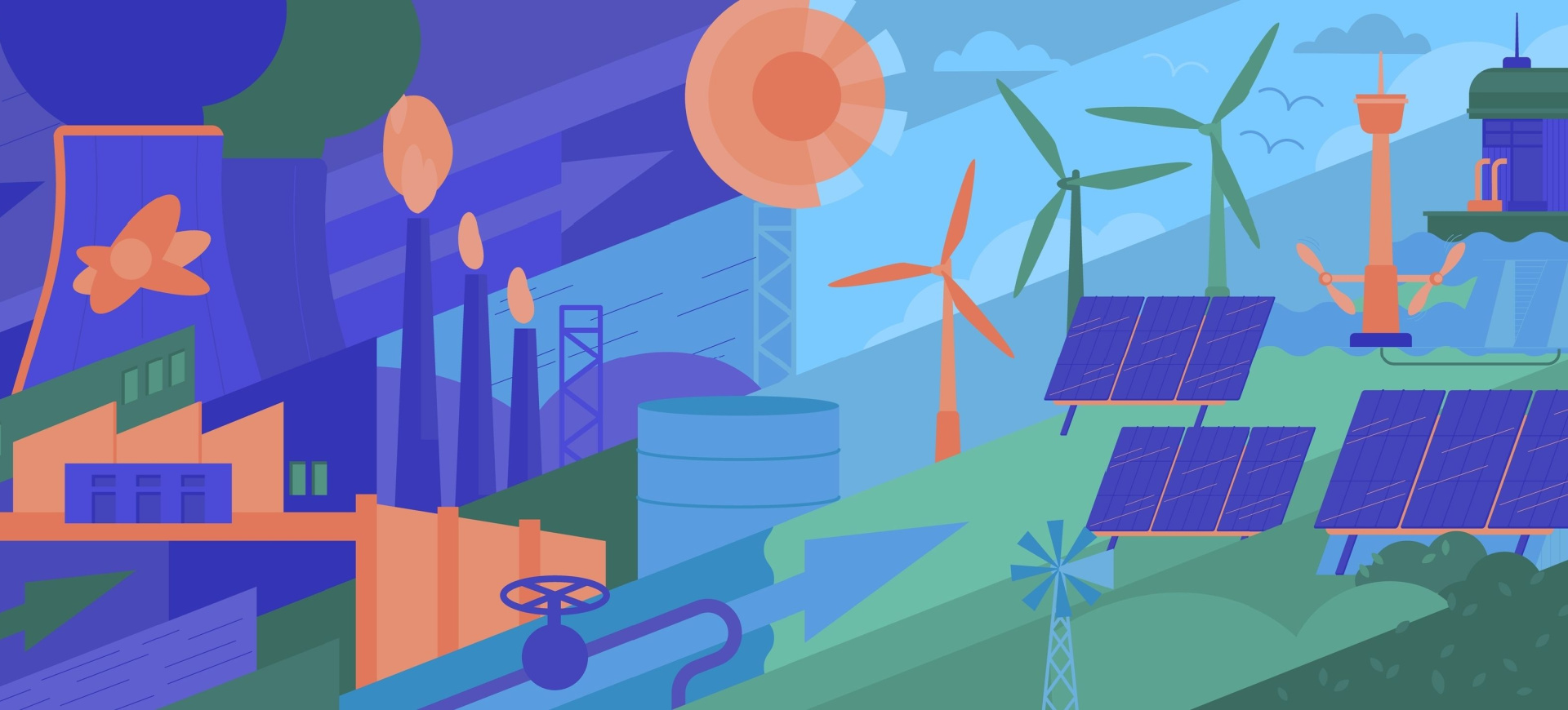Powering the new energy mix
Closer cooperation and greater knowledge exchange are desperately needed to increase renewable power generation and finance renewable projects at scale – and G20 leaders have an opportunity to lead by example
How can we achieve the renewable energy transformation required to avoid catastrophic climate change, provide accessible energy for all and support a sustainable economy?
To get the world back on track to deliver on the Paris Agreement while also creating energy security for sustainable economic growth, we must add speed and scale to the energy transition without further delay. Our World Energy Transitions Outlook 2023 finds that the key is to triple global annual renewable power capacity, adding an average of 1,000 gigawatts every year by 2030. We need to increase the direct use of renewables in end-use sectors. This requires overcoming systemic barriers across three priorities: physical infrastructure, policy and regulatory enablers, and institutional and workforce capabilities.
Accelerating the shift from fossil fuels to renewables in a just and inclusive manner also requires rewriting international cooperation. This necessitates assessing the roles and responsibilities of national and regional entities, international organisations, international financial institutions and multilateral development banks to ensure their optimal contributions to the energy transition, and ensure their funds reach those who need them most. Multilateral financing institutions should prioritise directing more funds to build the physical infrastructure needed for a new energy system.
What has been achieved so far?
Achievements in renewable energy have been remarkable – more evidence of its resilience and strong business case. By the end of 2022, global renewable generation capacity amounted to 40% of installed power generation, growing the stock of renewable power by a record of 9.6%. An unprecedented 83% of all power capacity added last year was produced by renewables.
Global investment in energy transition technologies also reached a new record of $1.3 trillion in 2022. But its distribution is concentrated in a handful of countries and it is insufficient to keep us on the 1.5°C pathway. We need to more than quadruple yearly investments, to reach over $5 trillion annually by 2030, and channel them towards countries more equitably.
However, the gap between what has been achieved and what is required continues to grow. IRENA’s WETO 2023 identifies three structural barriers to progress: lack of physical infrastructure, absence of enabling policies and regulations, and misalignments in skills and institutional capacity. WETO recommends governments:
- build the necessary infrastructure and invest at a scale that accommodates new production locations, trade patterns and demand centres;
- advance a policy and regulatory architecture that facilitates targeted investments and improves socio-economic and environmental outcomes; and
- realign institutional capacities strategically so skills and capabilities match an energy system that integrates a high share of renewables.
How is IRENA working to spur the renewable energy transformation?
IRENA leverages its wide-ranging, cross-cutting analysis to inform decision-making. WETO provides much-needed clarity on priority actions to scale up renewables deployment. We work closely with countries in developing and implementing renewable energy policies and strategies in line with the 1.5°C pathway outlined in WETO, helping them increase the share of renewables in their energy mix.
IRENA is well aware of the need for strong international collaboration, and for concrete actions and impacts on the ground. We’ve already developed targeted initiatives in collaboration with multi-stakeholders in the areas of mitigation and finance, private sector engagement, adaptation and climate resilience, and youth and education.
How can G20 leaders at their New Delhi Summit help?
G20 members, as the world’s major economies, have a great responsibility to act in concert to raise their energy transition ambitions and fulfil their pledges. Their renewable capacity needs to scale up by almost four times to reach 9,400 GW by 2030, and by ten times to reach nearly 24,900 GW by 2050. Access to low-cost capital to finance renewable projects at scale in G20 members and beyond is vital.
Our Low-Cost Finance for the Energy Transition report, prepared with India’s G20 presidency and the Ministry of New and Renewable Energy, offers valuable insights into access to low-cost finance for the energy transition and the deployment of critical technologies.
However, because the G20 produces about 85% of the world’s steel and consumes about 80% of it, leaders must address the challenges and opportunities for a more circular steel industry. The industry is responsible for 7% of global energy-related carbon dioxide emissions. Towards a Circular Steel Industry, another report we developed with India’s G20 presidency, highlights the need to position the industry as a crucial enabler of a transition through forward-looking industrial development that will generate socio-economic opportunities.
To put circularity strategies in place for the steel industry’s global transformation, at New Delhi G20 leaders must acknowledge the need for closer cooperation. Knowledge exchange is crucial. G20 members have a wealth of experience in facilitating access to low-cost finance in different markets. Leaders must strengthen partnerships between governments, as well as between public, private and philanthropic sectors, to exchange knowledge and best practices on innovative financing solutions to reduce the cost of capital and attract private financing, as well as foreign direct investment and the philanthropic sector’s contribution.












